Cheongsam and fan
As the saying goes, the pipa is half covered. What did ancient beauties use to cover their faces? The first reaction must be a fan! Fans are also the most common accessories in ancient times. Men use paper fans and women use round fans. Chinese traditional fan culture has a profound cultural heritage, which is an integrated part of the Chinese culture. In the period of the Republic of China, the elegant cheongsam beauty is indispensable to a superb group fan!
The beauty holds a fan to cover her face, and the literati and poets can't help but associate the Tuan fan with the beauty of cheongsam. They even wrote in the poem, "the white fan in the hand is as pure as the autumn moon." Such a beautiful sentence. Since ancient times, the group fan is a symbol of hazy beauty. The paintings on the fan are the objects of women's affection, and they are also the incisive interpretation of women's charm, tenderness, implication and elegance as well as thousands of amorous feelings.
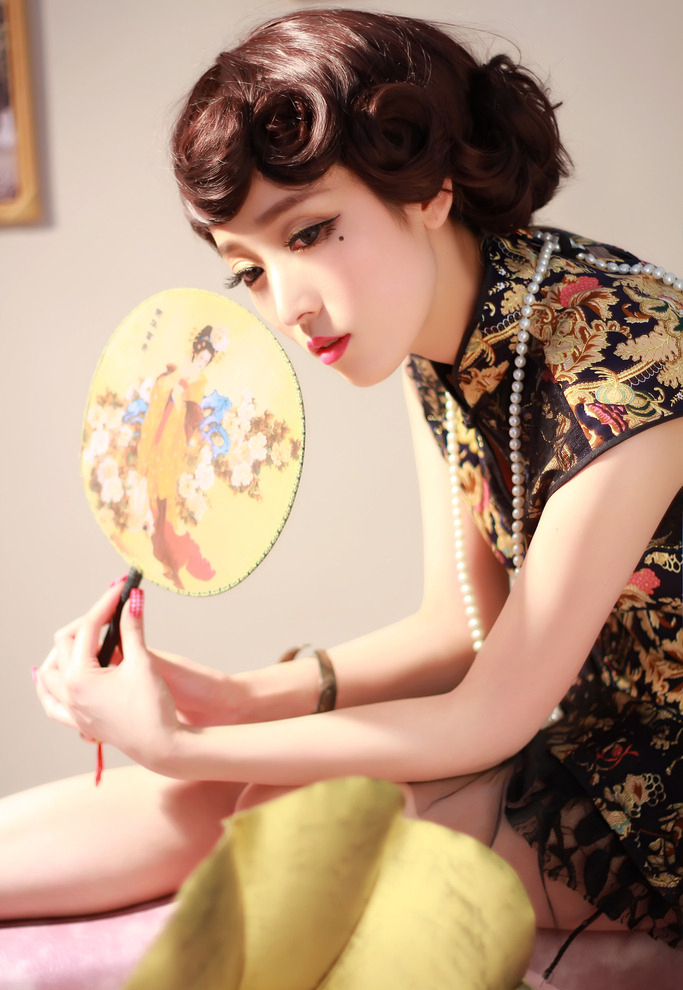
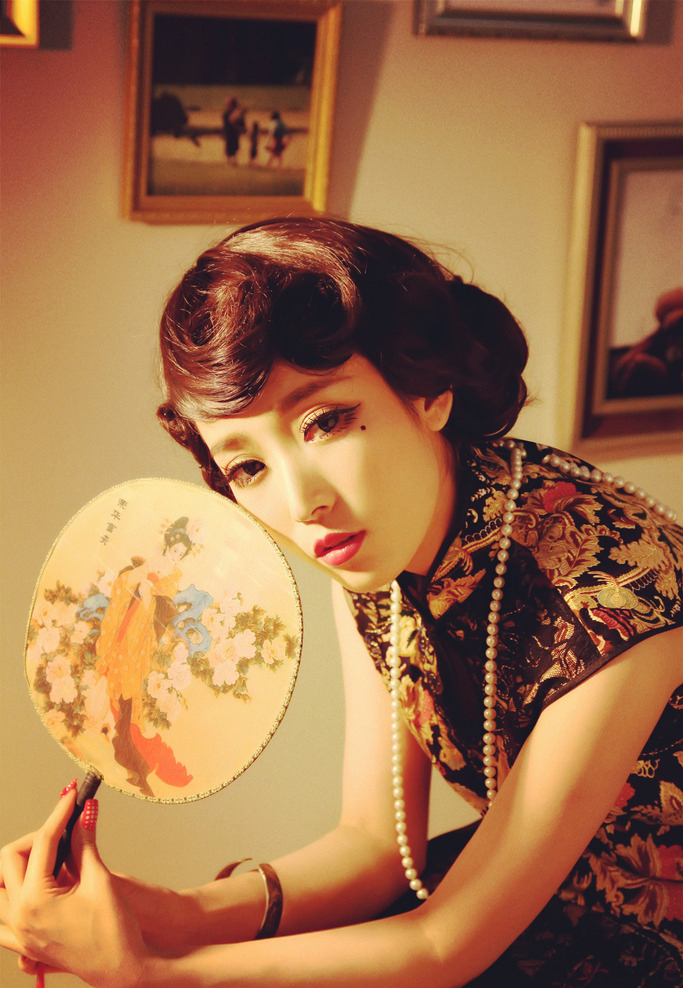
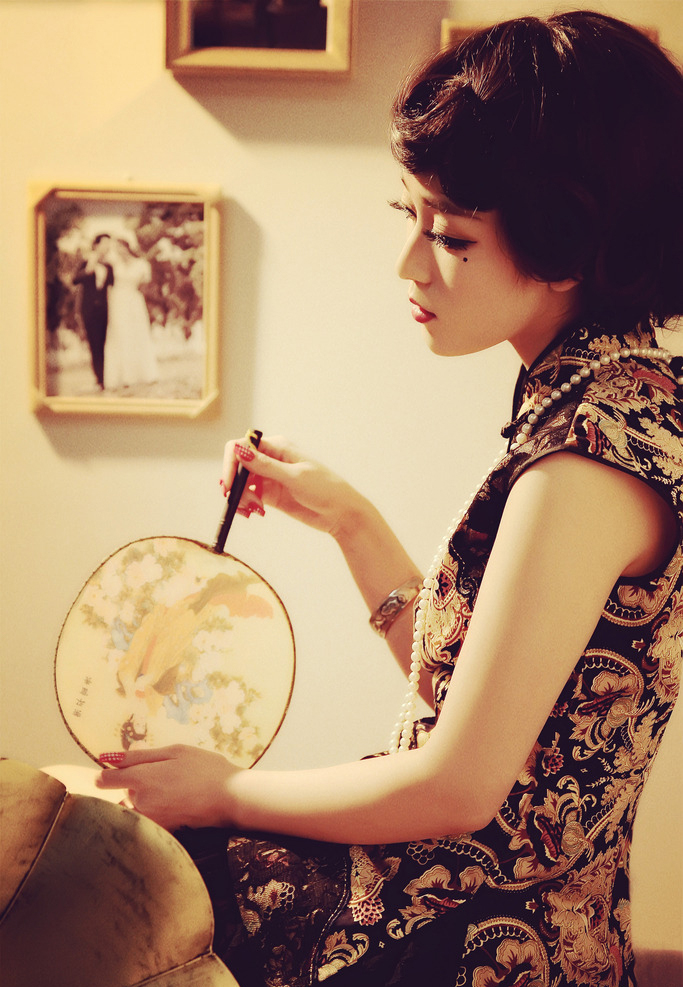
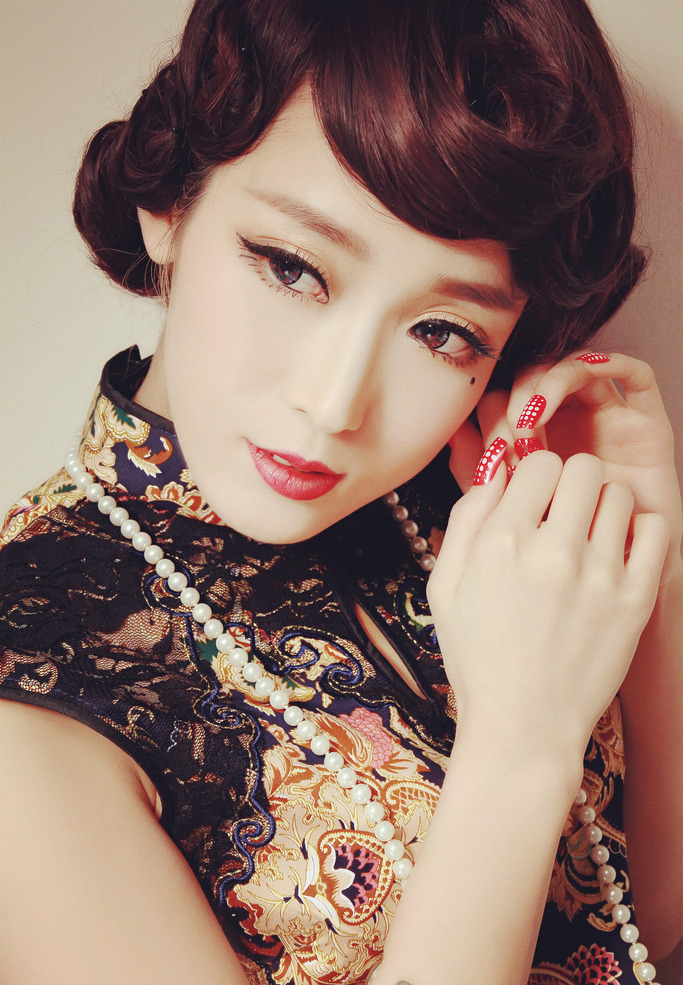
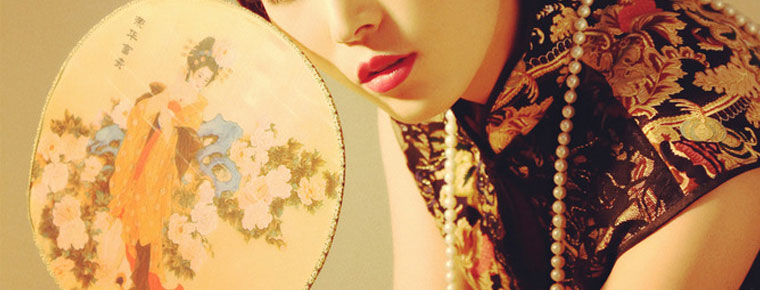
-
1.Taining Scenic Tourist Area
Taining Scenic Spot: World Geopark, National AAAAA Class Tourist Spot, National Key Scenic Spot, National Forest Park, National Geopark, National Key Cultural Relics Protection Unit
Time 2018-12-08 -
2.Guangzhou Changlong Tourist ResortTime 2018-12-12
-
3.Huanghelou Park Wuhan
Wuhan Yellow Crane Tower Park: The Yellow Crane Tower on Snake Mountain in Wuchang is one of the three famous buildings in the south of the Yangtze River.
Time 2018-12-12 -
4.Qingdao Yinhai International Yacht Club
Qingdao Yinhai International Yacht Club is located at No. 30 Donghai Middle Road, Qingdao City. It is the first national AAAA class tourist attraction in China with yacht club as its main body.
Time 2019-02-07 -
5.Carrying a number
Handling trumpets is one of the trumpets of traditional folk songs. It is popular in many fields, such as manual workers, such as loading and unloading, lifting, pushing and pulling goods.
Time 2019-04-03 -
6.Fuzhou Reviews
Fuzhou dialect commentary is a unique traditional form of storytelling in Fuzhou dialect of Fujian Province, which is popular in Fuzhou, Fujian Hou, Yongtai, Changle, Lianjiang
Time 2019-04-30 -
7.Tune in the sea
Linhai Ci Tune, also known as Taizhou Ci Tune, Talent Ci Tune and Xianhe Tune, is developed from Nanci, Kunqu and Taizhou local folk minor. It is one of the folk songs of Taizhou, Zhejiang Province. I
Time 2019-05-13 -
8.Xibo Folk Songs
Xibo folk song is an important kind of traditional music culture of Xibo nationality, which is widely spread among the Xibo people in Chabchal Xibo Autonomous County and Xinjiang. Folk songs are an im
Time 2019-07-01 -
9.Beijing Institute Of Petrochemical Technology
Beijing Petrochemical College was founded in 1978. It was developed from the Second Branch of Beijing Chemical College and Beijing Petrochemical College. It became more famous in 1992 and was transfer
Time 2019-09-06 -
10.Tie Muer Buhua
Tie Muer Buhua (1286 - 1368). Yuan will be the first to stay. Rate troops to go Xiangyang He won the battle with song, fan and Wen Hu in the Shigi shoal beach. Later from Bo Yan Song, in Yang Luo Bao
Time 2019-09-14 -
11.Explanation service of Chengdu Giant Panda Base
Chengdu Research Base of giant panda breeding has set up an explanation service station at the entrance to provide high-quality explanation service for tourists who have a better understanding of giant panda knowledge. At present, there are 11 full-time commentators in the
Time 2020-12-13 -
12.Land resources in Suining
The total cultivated land area of Suining is 2.2815 million mu, of which the purple soil area is the largest, accounting for 62% of the cultivated land area, which is widely distributed in the low mountain and hilly areas.
Time 2020-12-16